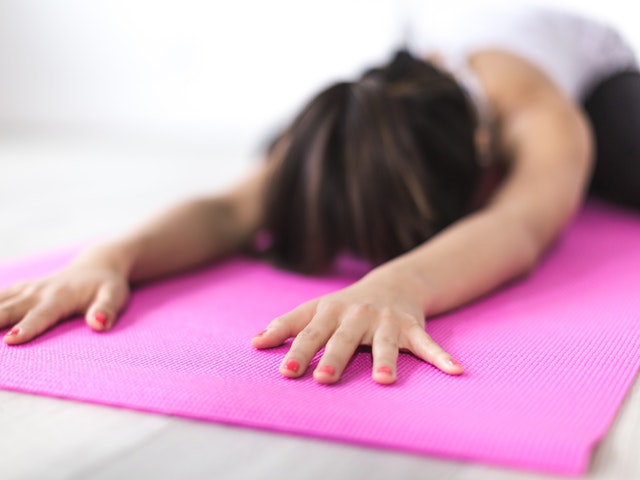Improving physical fitness while finding your spiritual self is what yoga’s about, but that’s not all that it is limited to. Although yoga is based on a handful of poses, there are different types of practice that put the emphasis on certain physical and spiritual aspects. Whether you are looking to improve your breathing technique or tone your muscles, there is a type of yoga to fulfil your needs and enhance your well-being.

Hatha
Originating in the 15th century, Hatha yoga focuses on breathing and the flow that it provides to the body. Being slow-paced and tranquil, Hatha is often a form of meditation and relaxation that can be practiced in the comfort of your own home. The collection of basic poses allows for beginners to easily practice and learn the basics of yoga that will be used in other forms, while advanced yogis can also practice Hatha to perfect basic poses and practice their breathing.
Vinyasa
This approach to yoga expands upon that of Hatha, also focusing on breathing and being more slow-paced than other types, while also providing physical fitness. The poses are rather basic and easy to perform, and the sun salutation poses are emphasized alongside breathing techniques. Vinyasa increases strength and flexibility, building lean muscle mass. This light exercise is extremely beneficial for the body, reducing the risk of diseases such as heart disease.
Ashtanga
Although breathing is still essential with each and every pose, Ashtanga focuses instead on strength. Also known as power yoga, Ashtanga is fast-paced and more intense as it incorporates advanced poses and strength exercises such as lunges and planks. By performing this type of yoga, you can build muscle mass, increase flexibility, improve coordination, and maintain or increase stamina. The engaging poses relieve stress and awaken you spiritually while also providing numerous health benefits. Get motivation to lose weight from this article.
Iyengar
Incorporating Ashtanga concepts, Iyengar adds a focus on body alignment and is strongly based on standing poses that are held for long periods of time. This increases strength, flexibility, and improves balance significantly, which is beneficial for other types of yoga. Because Iyengar does not cause extensive stress on the body, this form of yoga is useful for those recovering from injury, as well as those who suffer from mild medical conditions.
Bikram
This form of yoga has gained popularity throughout society for its unique approach of increasing physical fitness; you probably know it as hot yoga. The technique is performed in rooms of very high temperature, ranging from 95 to 100 degrees. The combination of the poses and the intense heat loosens the muscles completely and allows for deep, soothing stretching. In addition, the heat induces sweating, which flushes out toxins and cleanses the body for a truly spiritual experience.
These five types of yoga are all similar in the poses that are practiced and the resulting benefits, but each of them is also unique and provides a different experience with a different level of difficulty. With all of the varying types of yoga practiced, there is sure to be one that works with your body and improves your overall well-being.


